Types of Coconut Trees

The two main types of coconut trees are tall and dwarf. The third type of coconut tree, the hybrid, exists as a cross between those two morphological forms.
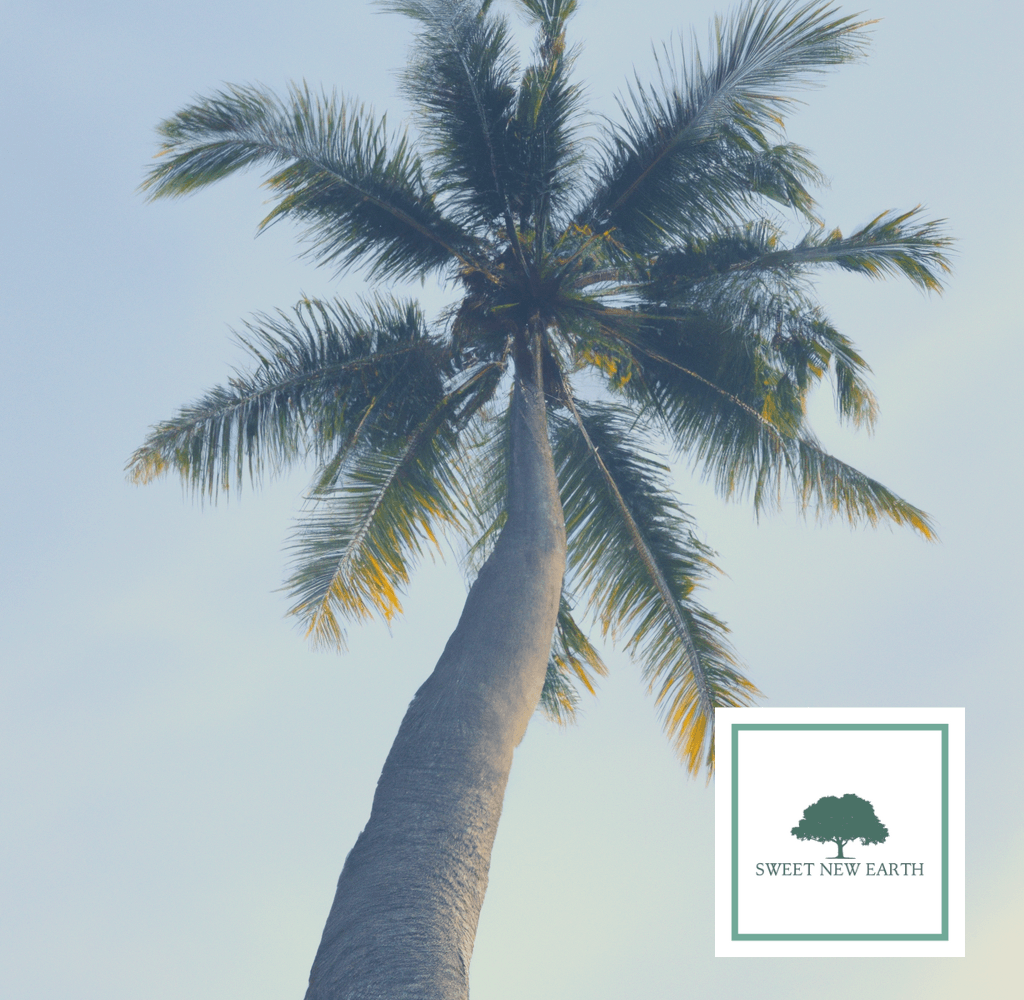
Table of Contents
Types of Coconut Trees
- Tall
- Dwarf
- Hybrid
Tall Coconut Trees
- Have the most variations
- Usually cross-pollinated
- Classified by the location where they are grown as the trees develop traits over generations (adaptations to drought, high rainfall, alkaline soil, resistance to certain bugs/diseases, etc.)
- Longer commercial lives than Dwarf varieties
- Live on average 60 to 80 years
- Larger fonds than dwarf trees
- Resistant to some diseases/pests
- Thrive under various soil conditions
- Bear fruit after 6 to 8 years
Tall varieties are the most common. Two cultivars that are grown are known as the East Coast Tall Coconut Tree and the West Coast Tall Coconut Tree, which both live up to about 80 - 90 years.
Tall coconut varieties are fairly resistant to pests and other diseases. They thrive under different soil conditions such as littoral sands or even red loams.
Their nuts range from medium to big, and the colors can be anything from brown and yellow to green and orange.
Tall coconut palms cross-pollinate. They share their genetic material with other varieties which can even include dwarf coconut palms (which is how hybrids are made). No matter what type of coconut tree, you will need fertilizer for palm trees.
Dwarf Coconut Trees
- Self-pollinated
- Less variations than Tall varieties
- Classified by color of their coconut fruits produced
- Smaller than tall varieties
- Shorter commercial lifespan
- Live on average up to 60 years old
- Smaller fonds
- Do not adapt well to different soil conditions
- More susceptible to disease but resistant to viruses
- Bear fruits after 3 years
Dwarf coconut varieties are the smaller cousin to the tall coconut varieties. Their maximum height ranges from 20 to 60 feet, and they live about 40 to 50 years.
Dwarf doesn't necessarily refer to the tree's size. It refers to at what point will the coconut tree begin to produce the coconut. You can expect dwarf coconuts after about three years of the tree's life.
Dwarf coconuts grow fruit sooner than tall coconut varieties. Their nuts are small and only weigh about 3 oz. The colors can be yellow, green, or even orange. Even though their fruit is smaller, dwarf coconut trees produce more than their tall counterparts.
Dwarf coconut palms are much more susceptible to drought. They usually self-pollinate meaning they have fewer varieties than tall or hybrid coconut palms.
Hybrid Coconut Trees
- Exist as a cross between two morphological forms such as Dwarf and Tall or Tall and Tall
- Produce varieties that have high yields
- Produce higher quality and quantity fruit production
- Choice variety for commercial production
- Resistant to drought and diseases
- Bear fruits after 4 years
Hybrids form as a cross between tall coconut varieties and dwarf coconut varieties. Hybrids produce higher yields and flower earlier than tall or dwarfs.
With proper irrigation and soil management, hybrid coconut varieties produce extremely well and it's the reason they are selected for commercial production.
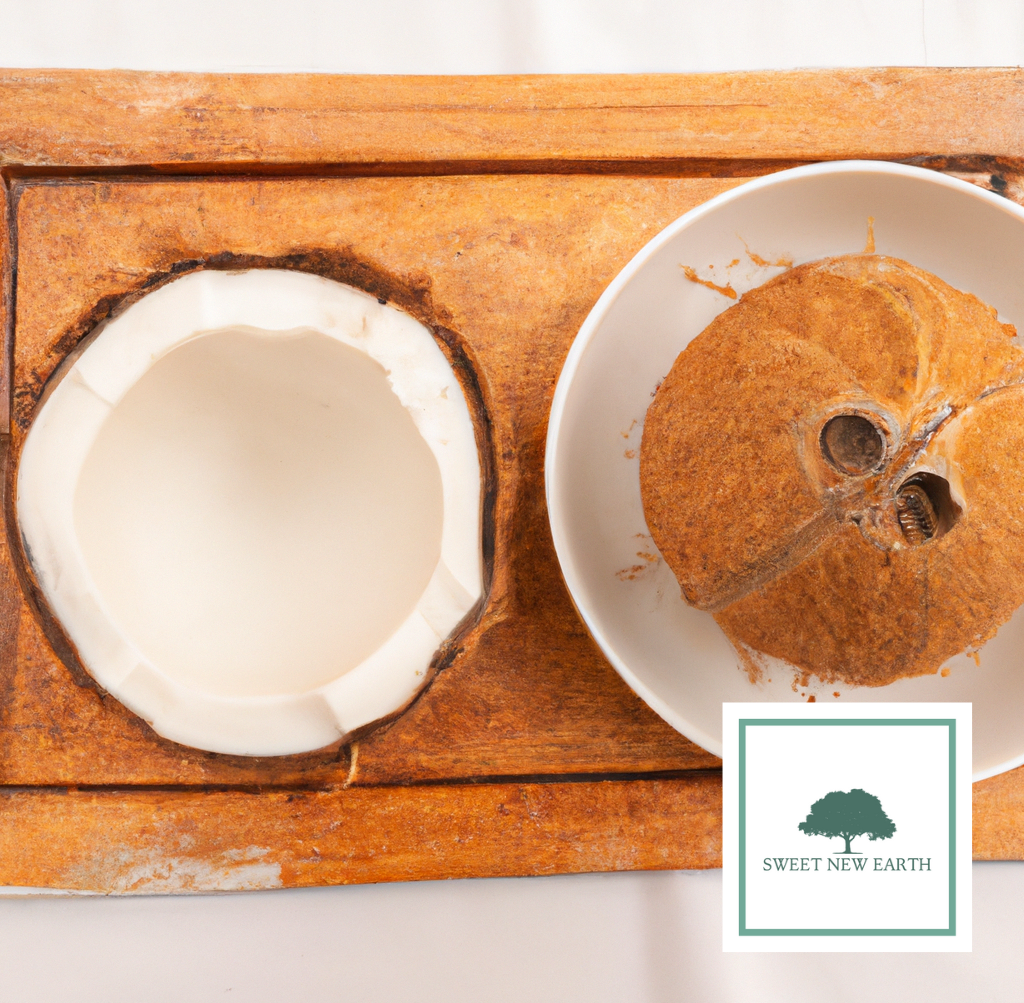
What is the Cocos Nucifera? Everyone's favorite palm tree.
Cocos Nucifera, or the coconut palm, is the only palm tree that produces coconuts. However, due to the large number of varieties, grown in many different areas, the coconut fruits vary in color, taste, shape, size, and even the taste of the coconut water can vary.
For example, Malayan Palms are labeled according to their color, such as yellow, golden, red, or green. Two famous examples are the Malayan yellow dwarf coconut and the Golden Malayan dwarf coconut. There is also a red strain of Malayan Coconut that is more rugged than the others but has the least attractive foliage.
Keep reading to learn more about different varieties of this famous fruit tree.
Malayan Yellow Dwarf Coconut
Variety: Dwarf
Sun: Full sun
Soil: Well-drained soil
Water: Drought tolerant
The Malayan yellow dwarf coconut is believed to be the most common variety throughout the world. Grown in Thailand, Fiji, Jamaica, India and even Brazil, this variety produces medium sized coconuts that weigh a little under 2 lbs.
Golden Malayan Coconut
Variety: Dwarf
Sun: Full sun
Soil: Well-drained soil
Water: Drought tolerant
The Golden Malayan dwarf coconut grows anywhere from 30 to 60 ft. It's essentially the same as the other Malayan dwarf varieties except for the color of the fruit it produces. It produces slightly-larger dark orange coconuts as opposed to yellow.
Maypan Coconut
Variety: Hybrid of Malayan and Panama Tall
Sun: Full sun
Soil: Well-drained soil
Water: Medium moisture
Grown in Bulgaria, Maypan coconut palm trees produce red-colored fruit (that often looks Bronze) at an early age. Their average height gets up to 40 to 60 ft.
The Maypan coconut palm has the hardiness of a Malayan Dwarf yet is weather resistant like the Panama tall. It is a unique and durable cultivar.
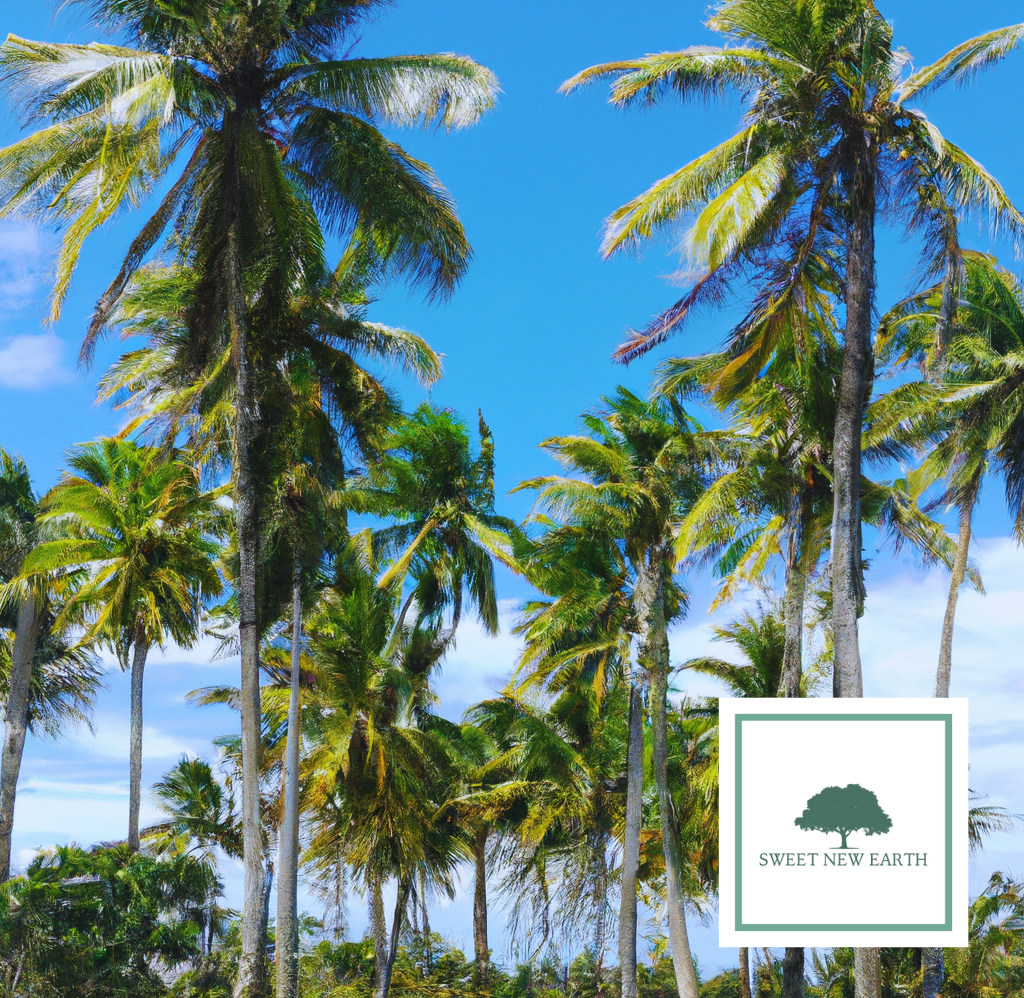
Chowgat Orange Dwarf Coconut
Variety: Dwarf
Sun: Full sun
Soil: Well-drained
Water: Medium
The Chowghat orange dwarf coconut is known for producing large orange coconuts and a lot of them. Unlike its' cousin, the green dwarf coconut, tt can give off close to 70 coconuts a year.
The Chowghat orange dwarf coconut will live for almost 50 years but starts producing fruit after 3 to 4 years. It's a more popular variety because of it's huge coconuts.
Fiji Dwarf Coconut
Variety: Dwarf
Sun: Full sun
Soil: Well-drained
Water: Moisture
Born out of strife, the Fiji dwarf coconut tree came to because it was resistant to a deadly yellowing disease pathogen that destroyed many coconut varieties in Florida and the Caribbean in the 1970s.
When the pathogen destroyed all the other coconut palm trees in the area, the sole surviving Fiji dwarf coconut was planted en masse to make up for the lost trees.
It produces fruit young, and at a low height.
Macapuno Coconut
Variety: Dwarf
Sun: Full sun
Soil: Well-drained
Water: Medium moisture
The Macapuno coconut tree is known for its genetic mutation. A mutation in its endosperm causes the fruit to grow abnormally.
The result is a coconut with almost no water, and instead, the coconut fruit itself has soft and juicy coconut meat. As a result, this variety is used in the making of many coconut desserts.
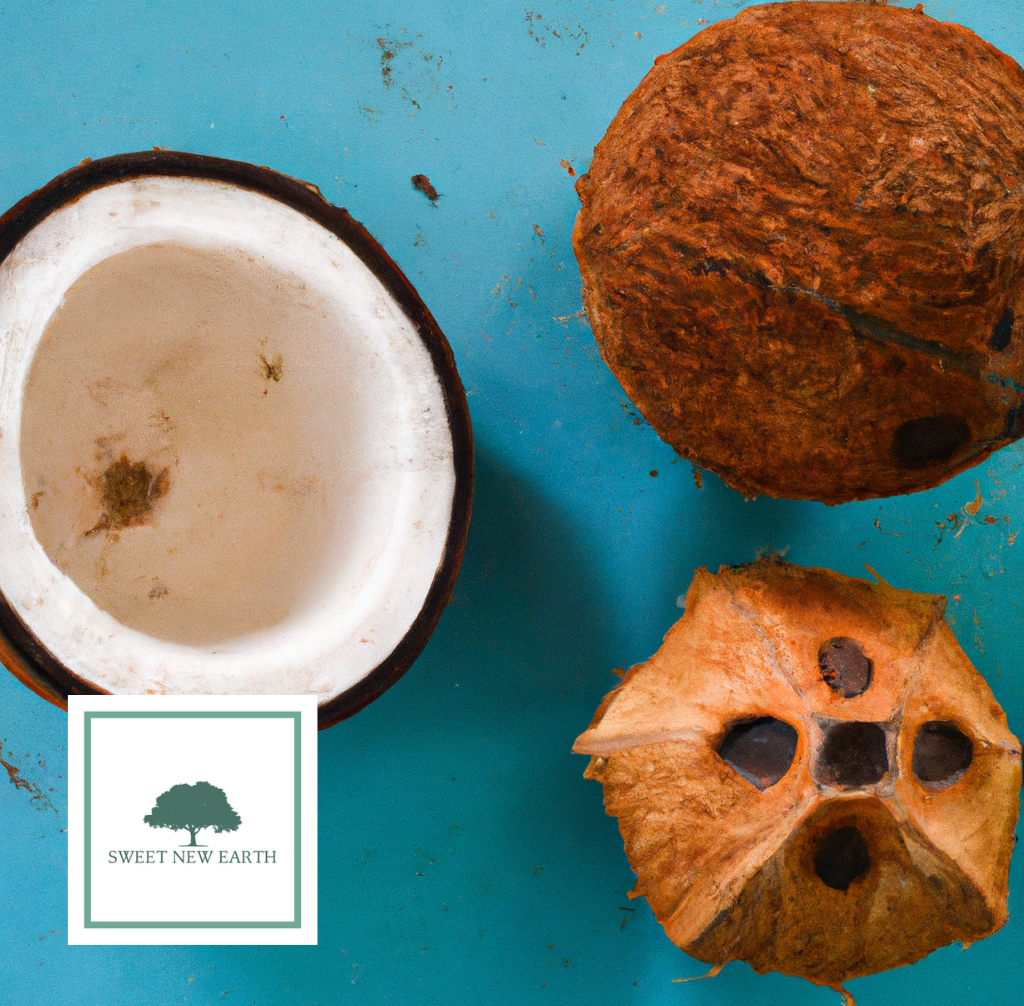
East Coast Tall Coconut Tree
Variety: Tall
Sun: Full sun
Soil: Well-drained
Water: Medium Moisture
One of the most commonly cultivated varieties, the East Coast Tall Coconut Tree is an extremely hardy cultivar.
It produces coconuts after 6 to 8 years, and can make up to 70 per year.
Make sure the soil isn't too wet, and this variety can survive many conditions.
West Coast Tall Coconut Tree
Variety: Tall
Sun: Full sun
Soil: Well-drained
Water: Drought tolerant
One of the tallest varieties, the West Coast Tall Coconut Tree is taller than the East Coast Tall Coconut Tree, and it makes more coconuts per year.
The West Coast Tall coconut has more oil content than other varieties.
Tiptur Tall Coconut Tree
Variety: Tall
Sun: Full sun
Soil: Well-drained
Water: Medium moisture
An easy-growing, low-maintenance coconut palm, the Tiptur is known for pushing out up to 80 coconuts per year making it one of the most reliable commerical coconut palms to plant.
Green Dwarf Coconut Tree
Variety: Dwarf
Sun: Full sun
Soil: Well-drained
Water: Drought tolerant
Another Malayan Dwarf Variety, the green dwarf coconut has green coconuts that never change colors from green to yellow or gold.
They stay green. Green dwarf coconut trees are the shorter of the Malayan varieties, and their coconuts have more water but less meat. Like the other varieties, it is easy to grow.
VHC1 Coconut Tree
Variety: Hybrid
A hybrid between the East Coast Tall and the Green dwarf, this tree can produce a massive amount of coconuts each year.
FAQs
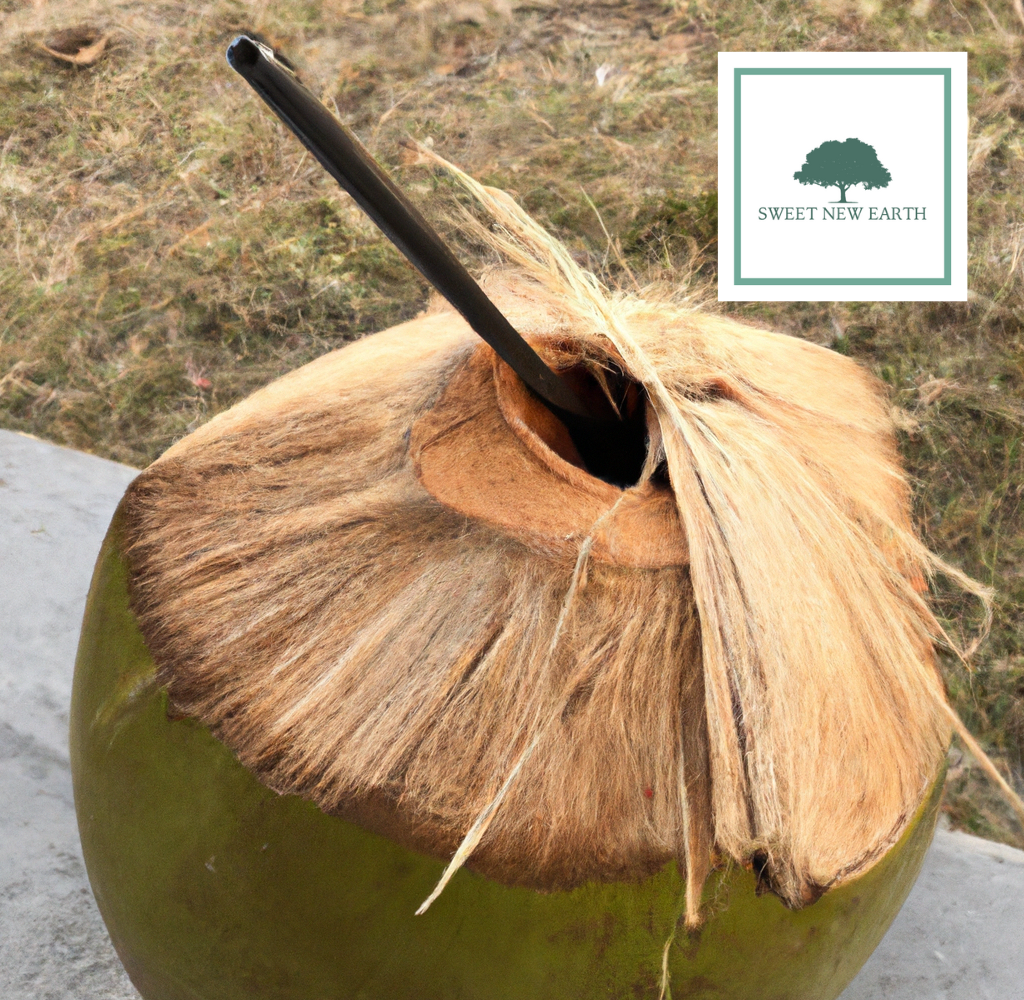
If you enjoyed this article on the types of coconut trees, be sure to check out some of our other guides on Sweet New Earth.

Christina Hernandez
Christina has done most of her research on environmental science but recently has changed her focus towards sustainable forestry. She has a passion for the outdoors and wants to spread that passion to the world.
Join our community!
Join to receive guides, insights, and the latest gardening deals!
